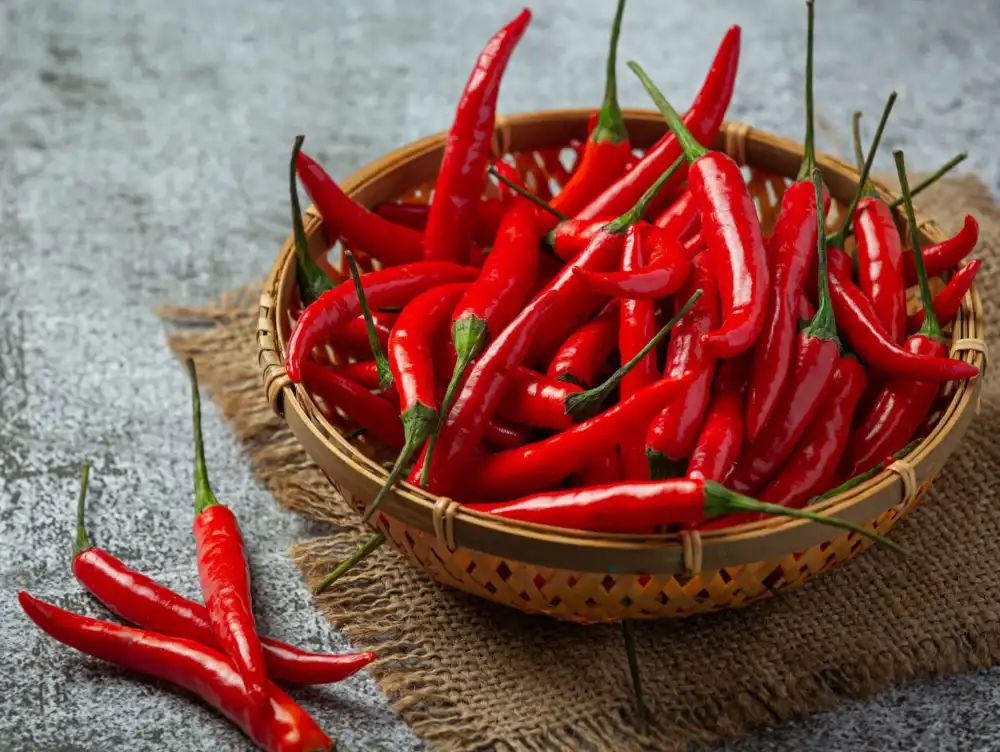Vegetable Gardening
Tips and Tricks to Boost Pepper Plant Growth and Increase Harvest
Growing peppers can be a rewarding experience, whether you are a seasoned gardener or just starting out. These vibrant and flavorful vegetables add a delicious kick to a variety of dishes. To ensure a bountiful harvest of peppers, there are several key factors to consider. In this article, we will explore some tips and tricks to help you grow healthy pepper plants and increase your yield.
1. Choose the Right Location
Pepper plants thrive in warm and sunny locations. Select a spot in your garden that receives at least 6-8 hours of direct sunlight every day. Ensure that the area has well-drained soil with a pH level between 6.0 and 7.0. If your soil is too acidic, consider adding lime to raise the pH level.
2. Prepare the Soil
Before planting your pepper seeds or seedlings, it’s important to prepare the soil properly. Start by removing any weeds or debris from the area. Incorporate organic matter, such as compost or well-rotted manure, to improve soil fertility and drainage. This will provide essential nutrients for your pepper plants and promote healthy root development.
3. Planting and Spacing
Plant your pepper seeds or seedlings after the last frost date in your area. Dig a hole that is slightly larger than the root ball of the seedling. Place the seedling in the hole and backfill with soil, ensuring that the plant is at the same depth as it was in the container. Space your pepper plants approximately 18-24 inches apart to allow for proper air circulation and growth.
4. Watering and Mulching
Pepper plants require consistent moisture to thrive, especially during hot and dry periods. Water your plants regularly, aiming for about 1-2 inches of water per week. Be careful not to overwater, as this can lead to root rot. To conserve moisture and suppress weed growth, apply a layer of organic mulch around the base of the plants. This will also help regulate soil temperature.
5. Fertilizing
Pepper plants are heavy feeders and benefit from regular fertilization. Apply a balanced organic fertilizer, such as compost or well-rotted manure, at the time of planting. Once the plants start producing flowers, switch to a fertilizer higher in phosphorus to promote fruit development. Follow the instructions on the fertilizer packaging for proper application rates.
6. Supporting and Pruning
As your pepper plants grow, they may require support to prevent them from drooping or breaking under the weight of the fruit. Stake or cage your plants to provide necessary support. Additionally, pruning can help improve air circulation and reduce the risk of disease. Pinch off any suckers or side shoots that emerge in the leaf axils, focusing on maintaining a single main stem.
7. Pest and Disease Control
Pepper plants can be susceptible to various pests and diseases, such as aphids, caterpillars, and fungal infections. Regularly inspect your plants for any signs of damage or infestation. Use organic pest control methods, such as handpicking pests or applying insecticidal soap, to minimize damage. Proper spacing, good air circulation, and avoiding overhead watering can also help prevent disease.
8. Harvesting
Harvest your peppers when they reach the desired size and color. Most peppers can be picked when they are green, but they will continue to ripen and change color if left on the plant. Use a sharp knife or scissors to cut the peppers from the plant, taking care not to damage the stems. Regularly harvesting ripe peppers will encourage the plant to produce more fruit.
Conclusion
By following these tips and tricks, you can create the ideal conditions for your pepper plants to thrive and maximize your harvest. Remember to choose a sunny location, prepare the soil, provide adequate water and nutrients, and monitor for pests and diseases. With a little care and attention, you’ll be enjoying a steady supply of delicious peppers straight from your garden.






